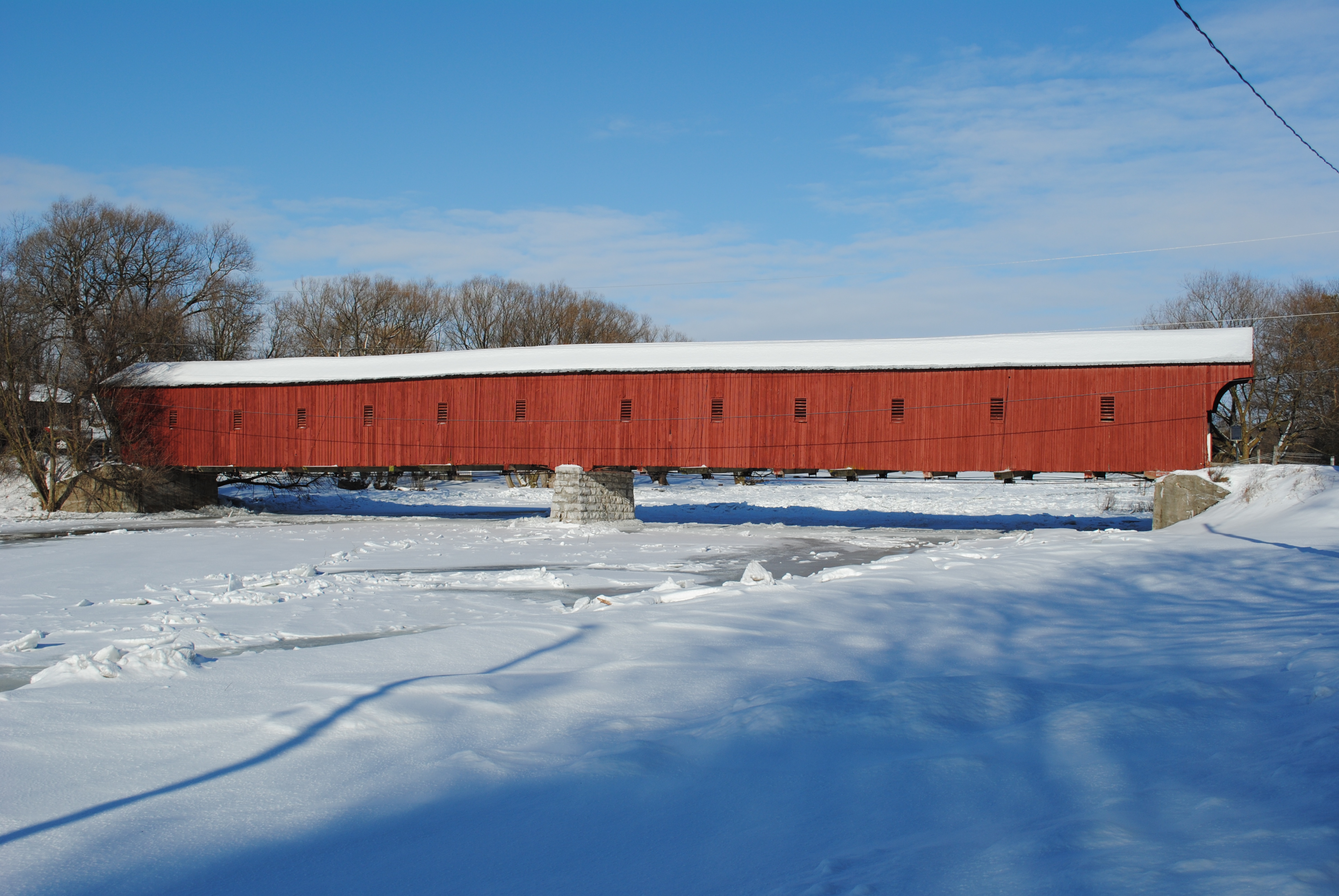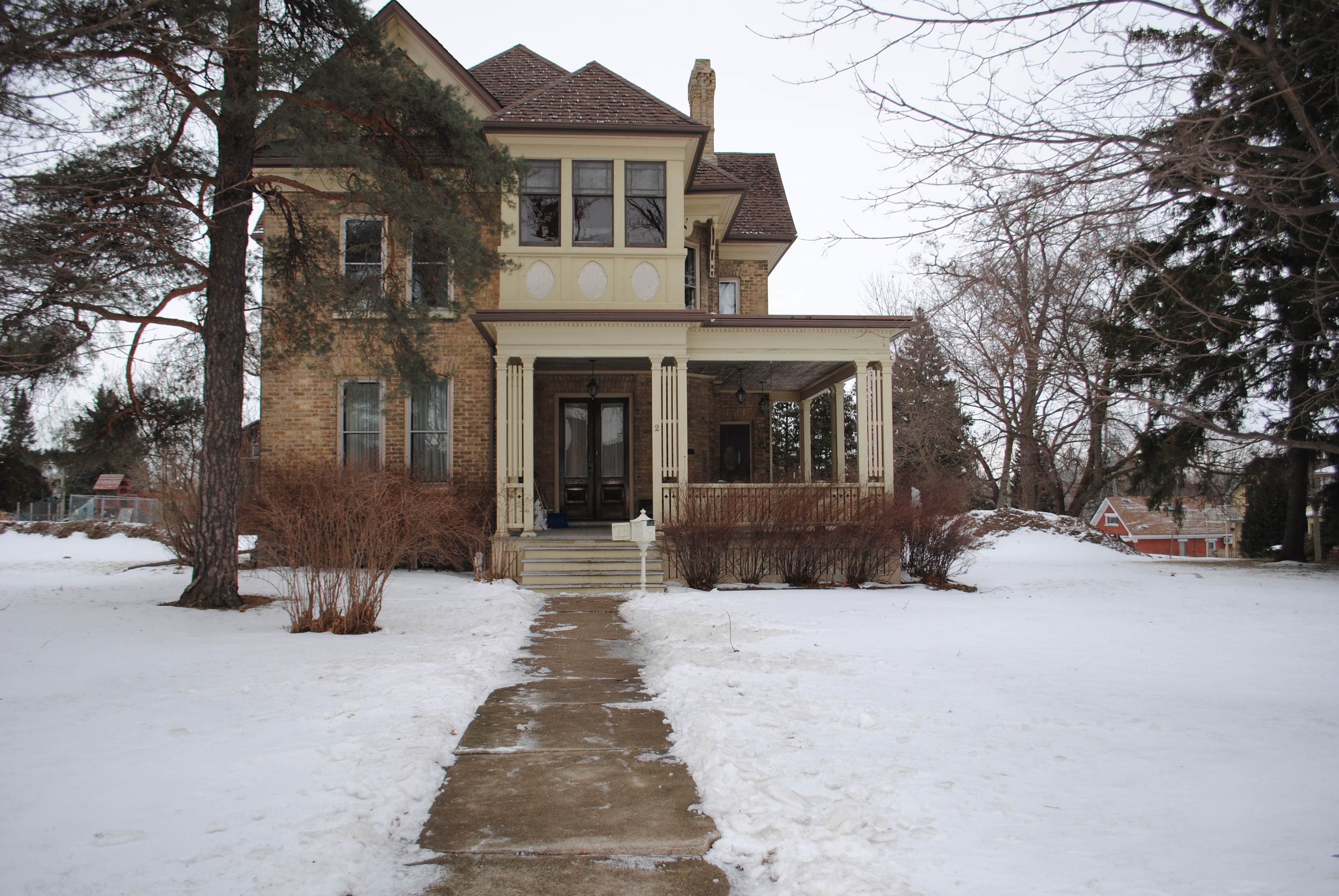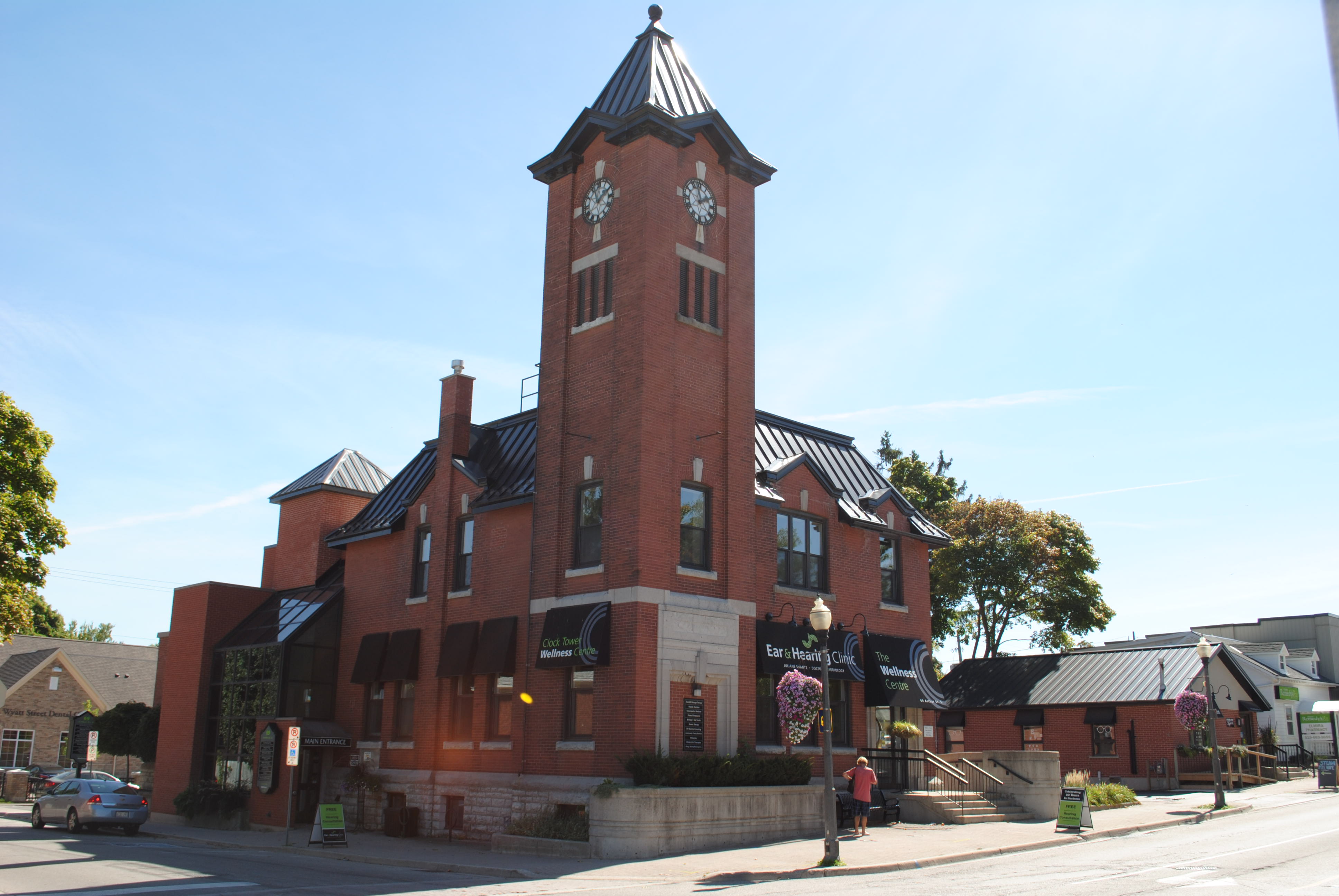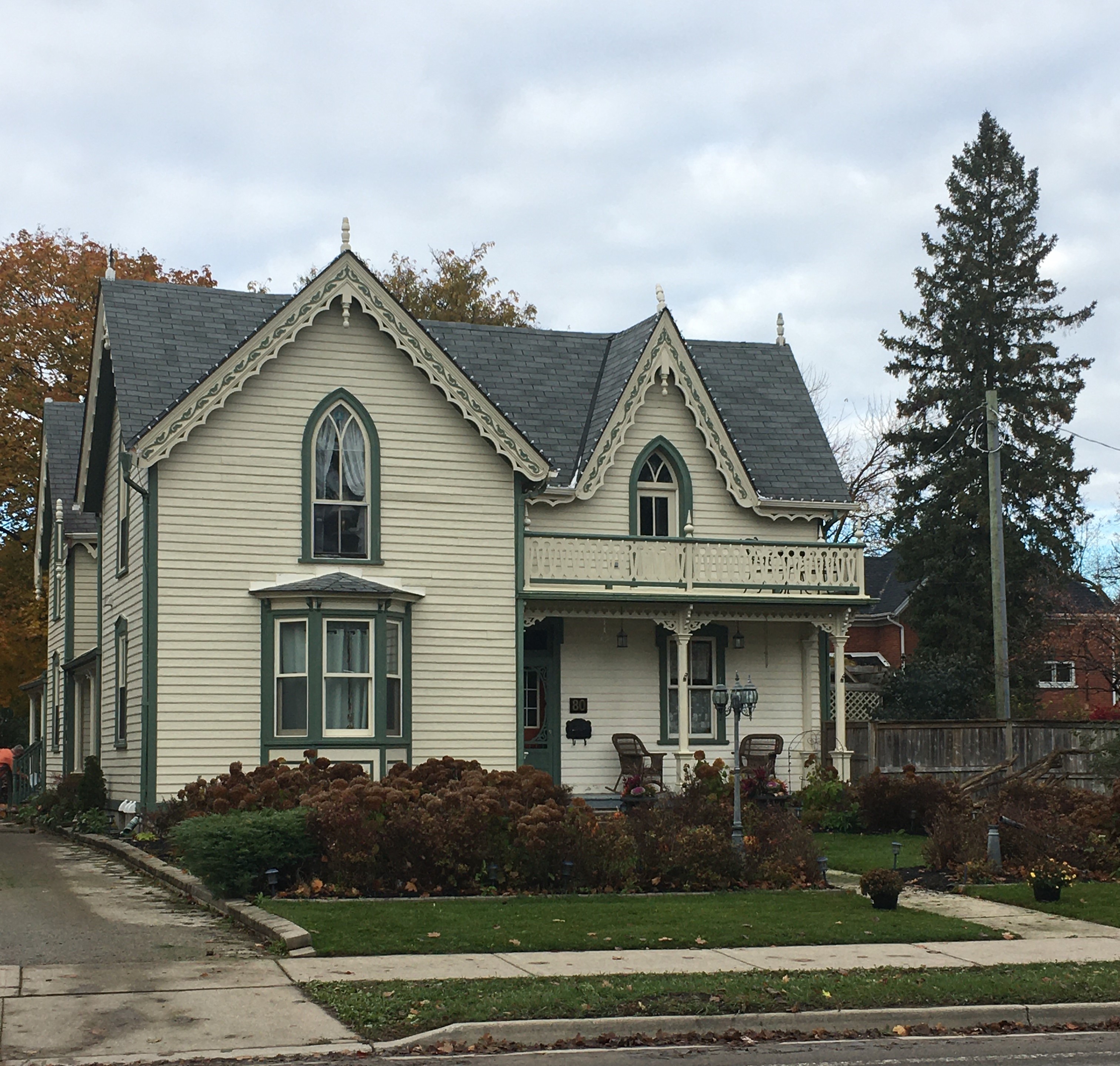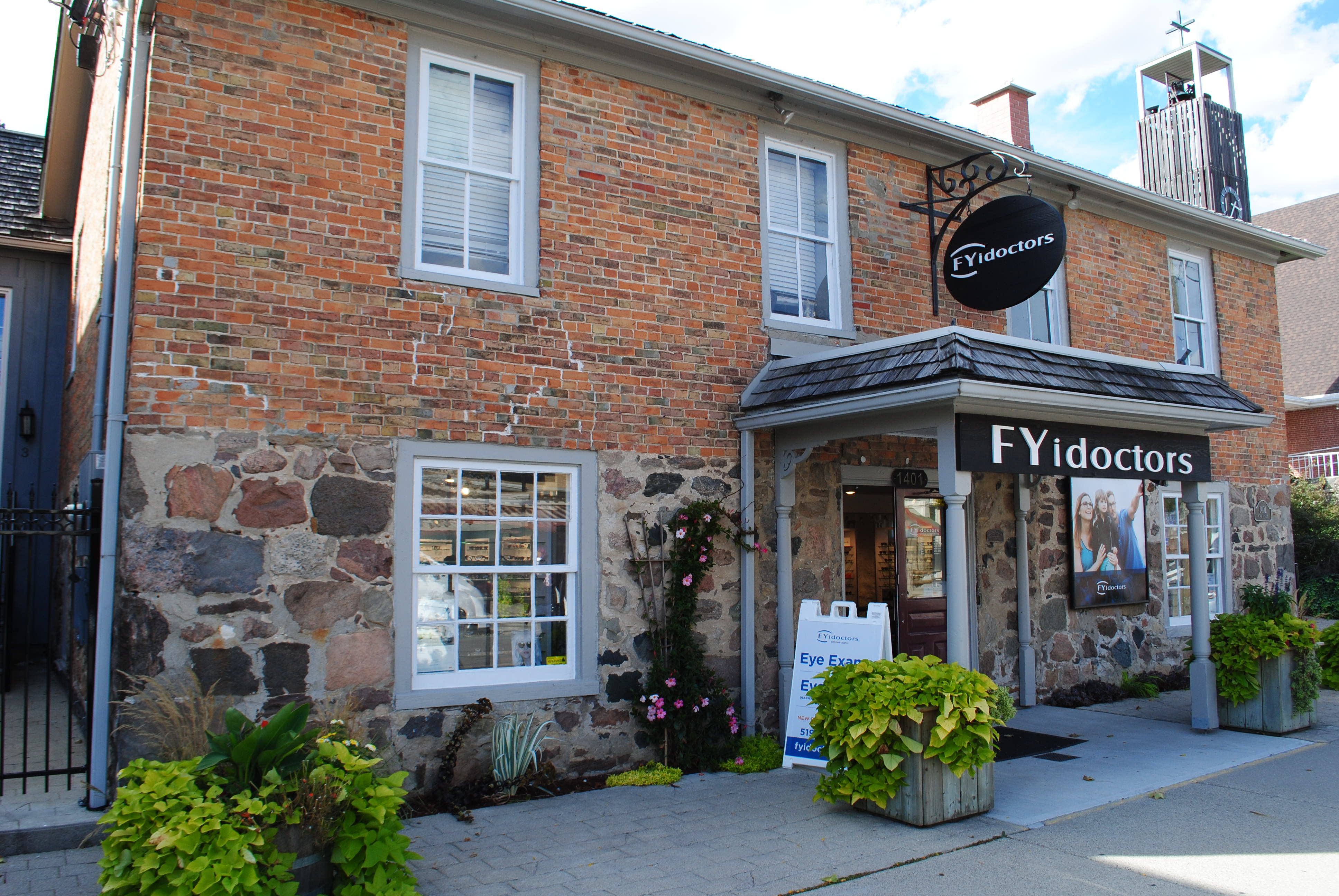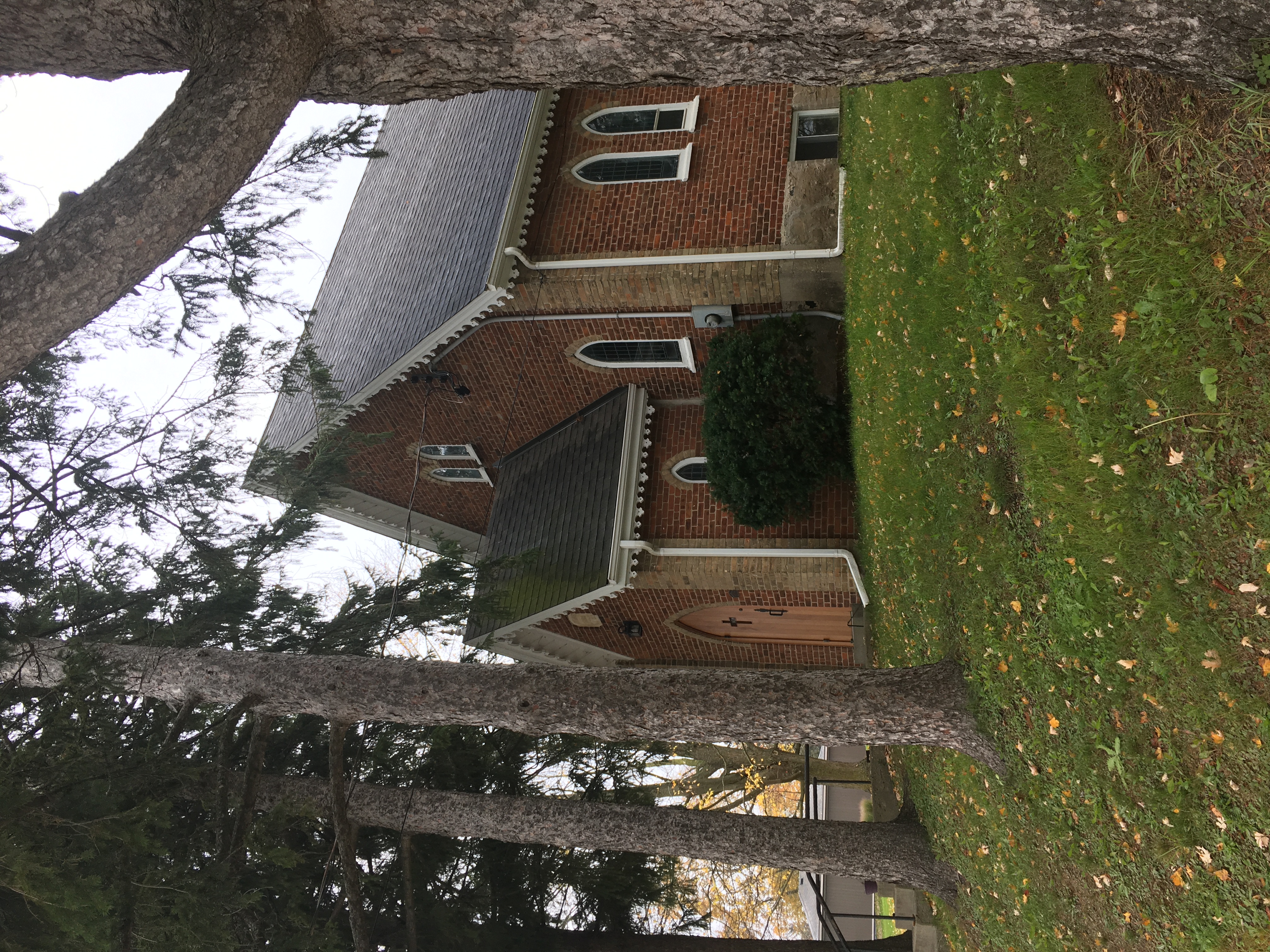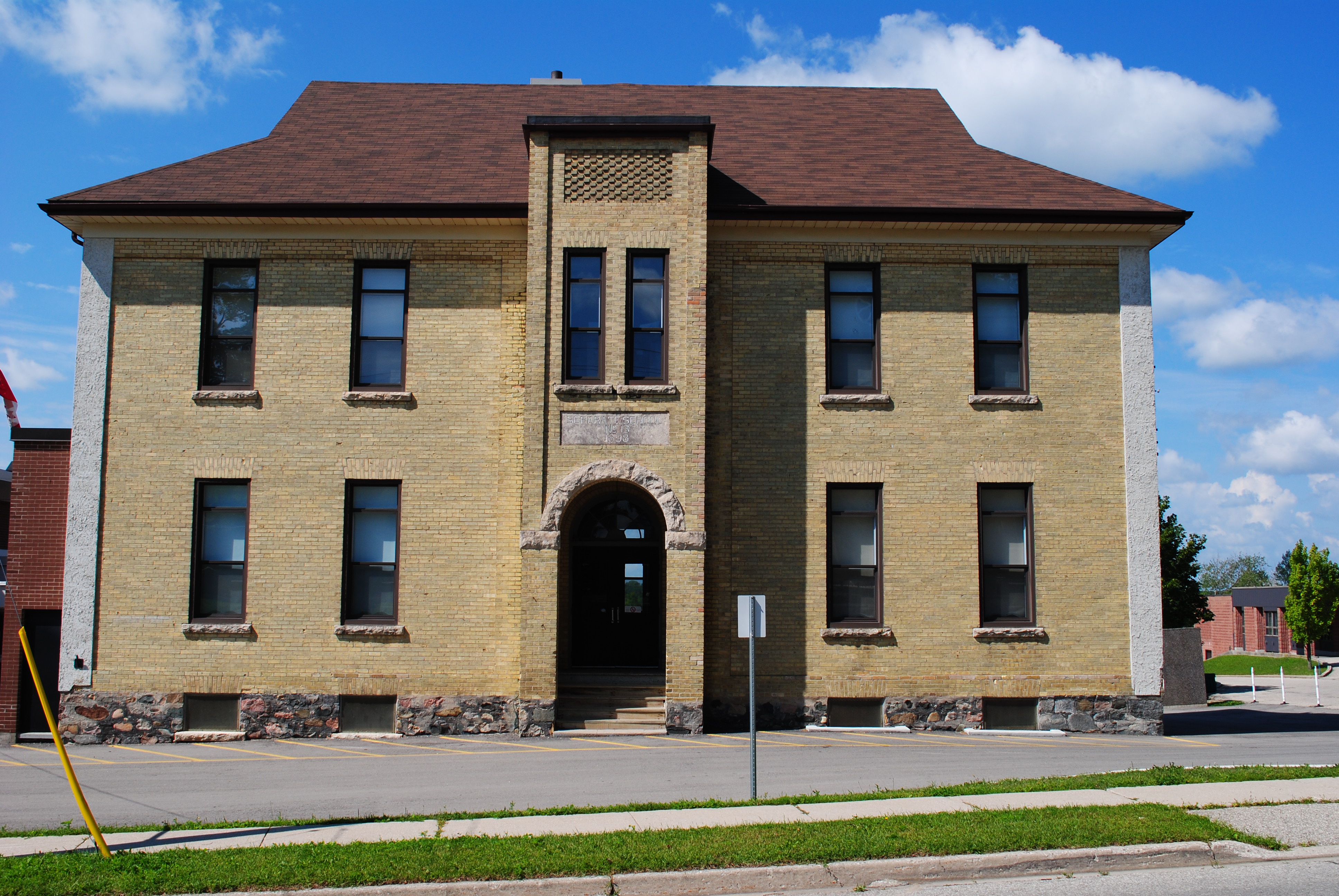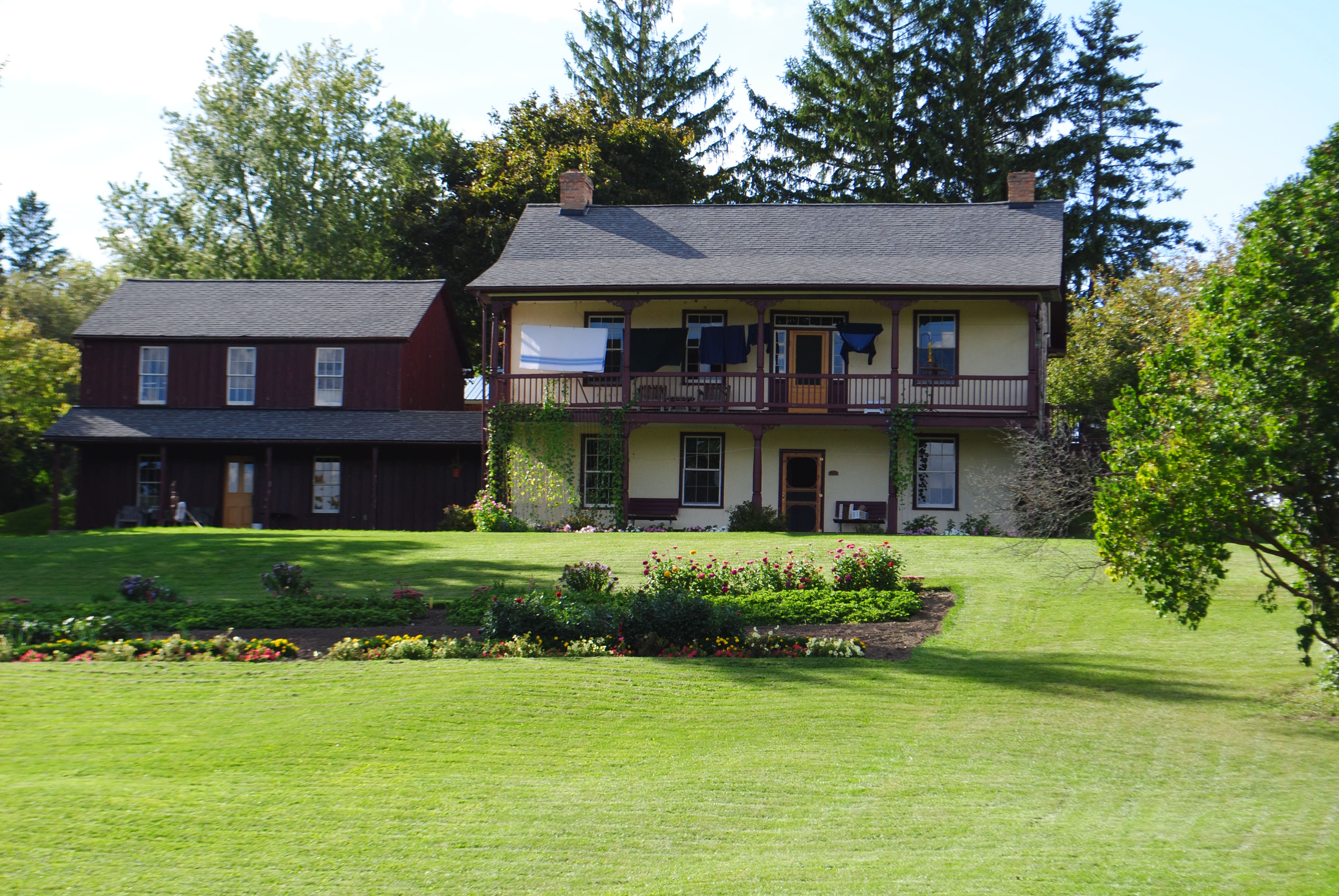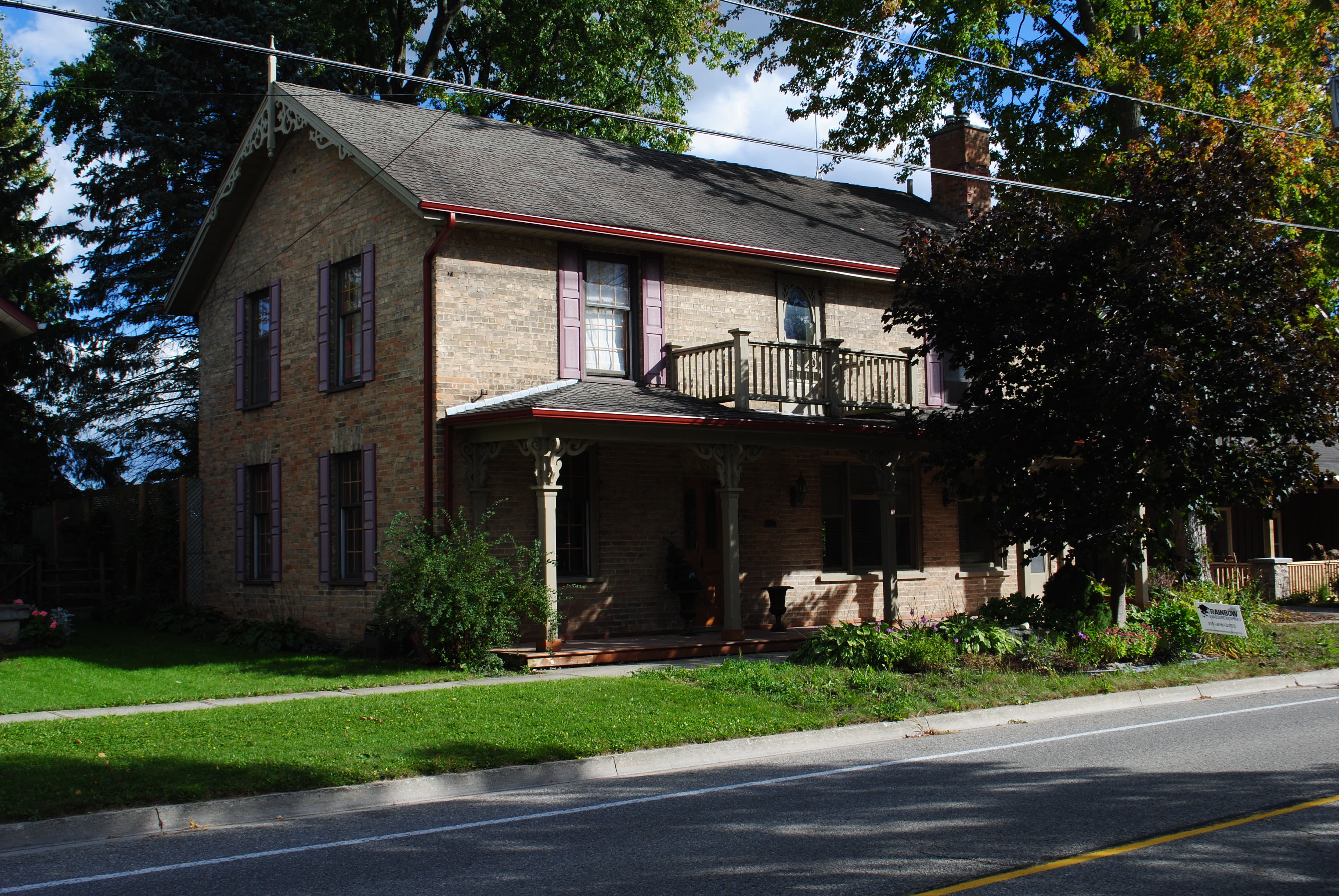In 2005 the Province amended the Heritage Act and, among other changes, created the ability for municipalities to make a register of properties that have the potential to be designated under the Heritage Act. The Ministry of Culture has an Information Sheet which provides general information on the listing of heritage properties to assist in the planning and managing of heritage resources at the local level.
A property can be listed or designated. A listed property is identified as a property that has been identified as having potential to be a designated property but needs to be reviewed in greater detail to determine if designation should take place. A designated property is one that is protected and modifications will need municipal approval to ensure protection of the heritage elements. If you would like further information in this regard please contact the Planner.
Woolwich has prepared a Municipal Heritage Register which identifies properties that have been designated or listed as heritage properties, buildings of interest and cultural heritage landscape area(s). Additionally the Township has a list of of candidate properties that possess heritage potential for further review.
